A fragile ceasefire between Israel and Hamas, brokered just weeks ago, has come under severe strain after a series of deadly airstrikes in Gaza have reignited hostilities and cast serious doubt on the truce’s durability. The recent escalation highlights the deep mistrust between both sides, unclear agreements, and the immense pressures of wartime politics.
The Immediate Flashpoint
Overnight, Israel launched a wave of airstrikes across Gaza that took a heavy human toll. Local health authorities reported that more than 100 Palestinians were killed—including many women and children—and hundreds were wounded. The strikes struck residential areas, camps for displaced people, and infrastructure near hospitals, drawing intense public outrage.
Israel justified its actions by citing a recent attack in Rafah that it blamed on Hamas, which allegedly killed one of its soldiers. Officials claimed the strikes targeted weapons depots, leadership positions, and tunnels used for militant operations. Hamas, however, denied involvement in the soldier’s death, condemned the bombardment, and accused Israel of deliberately undermining the ceasefire.
Shortly after the bombardment, Israel confirmed that the ceasefire was technically still in place, but multiple observers described the situation as rapidly deteriorating. The military stated that while it remained committed to the truce, it would respond forcefully to any future violations.
Ceasefire Agreements and Obligations
The current truce took effect on October 10 and laid out a complex schedule of concessions. Under its terms, Hamas agreed to return the remains of hostages—living and deceased—while Israel would withdraw troops from parts of Gaza and permit humanitarian aid convoys. As part of the deal, Israel also committed to releasing hundreds of Palestinian prisoners.
Yet the most contentious clause has been the mechanism for verifying claims of violation, and the lack of clarity about what constitutes a “legitimate target.” Over the course of the ceasefire, both sides have accused each other of multiple infractions—some documented, others disputed by national and international observers.
Israel’s leadership has framed the agreement as a tactical pause, emphasizing that the broader objective remains: the disarmament of Hamas and ensuring that Gaza can no longer serve as a launchpad for future attacks. In public remarks, Prime Minister Benjamin Netanyahu insisted that a renewed commitment to peace must come with assurances that Hamas cannot rearm or bypass Israeli security constraints.
For its part, Hamas has repeatedly signaled it will adhere to its obligations under the treaty, though it warns that Israeli pressure tactics may force a reversion to conflict. The group maintains that residual forces, logistical constraints, and damaged infrastructure complicate the timely handover of hostages and remains.
International and Regional Stakes
The renewed violence amid the truce has raised alarm across the international community. Diplomats from Qatar, Egypt, Turkey, and the United States have been deeply involved in shuttle negotiations, aiming to prevent the collapse of the ceasefire and salvage what may be a narrow window for longer-term de-escalation.
The United States, which played a central role in brokering the deal, has pressed both sides to exercise restraint. President Trump reiterated that the ceasefire must be upheld, but defended Israel’s right to respond to attacks on its soldiers. Washington continues to mediate between the conflicting positions, though its leverage is tested as both sides dig in.
Regional actors worry that a breakdown could reignite a broader regional conflagration, drawing in militant groups or neighboring states. Humanitarian concerns are equally acute: Gaza’s population, already devastated by months of conflict, faces worsening shortages of food, medicine, and shelter. Hospitals are overwhelmed, infrastructure is damaged, and the delivery of aid remains perilous.
What Comes Next?
- Diplomatic pressure intensifies: Mediators will push both Israel and Hamas to reaffirm commitments to the ceasefire, initiate hostage‑remains exchanges, and rein in retaliatory escalations.
- Monitoring and accountability: The credibility of any investigation into violations will shape whether either side is deterred from further breaches.
- Tactical recalibrations: Both sides may change their rules of engagement, especially regarding targeting civilian areas and military sites near noncombatant zones.
- Humanitarian escalation: As the ceasefire is tested, the needs of civilians caught in the conflict will grow more urgent, with calls for additional aid corridors, safe zones, and rebuilding plans.
- Renewed conflict risk: If violations continue without reckoning, all parties acknowledge that the freeze could collapse, returning the region to open warfare.

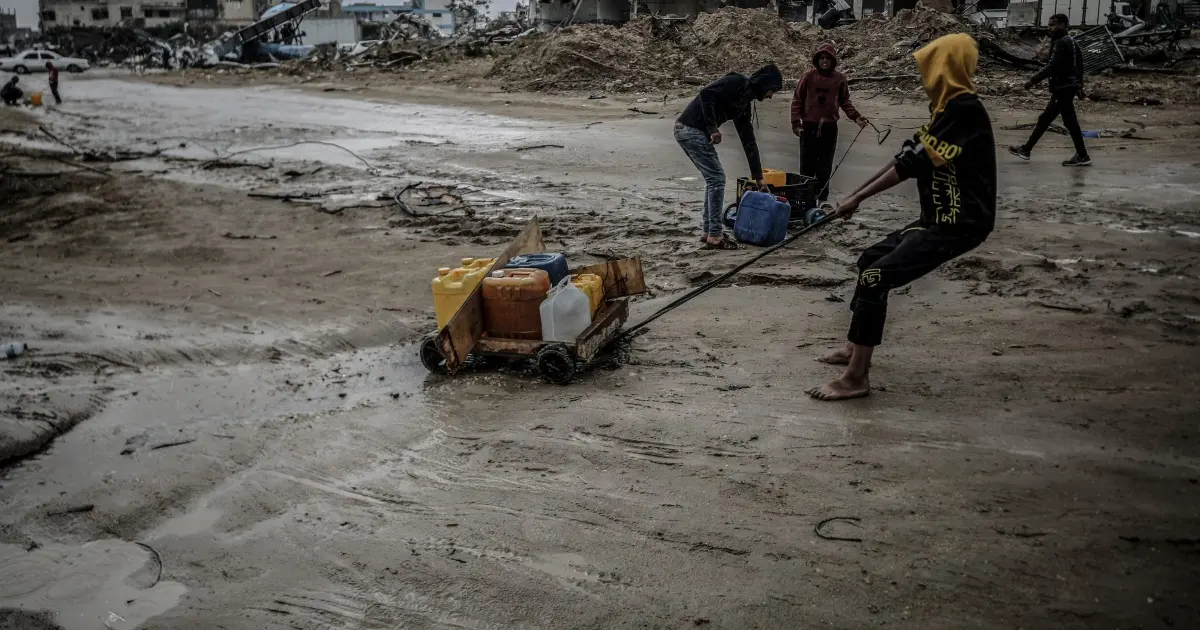
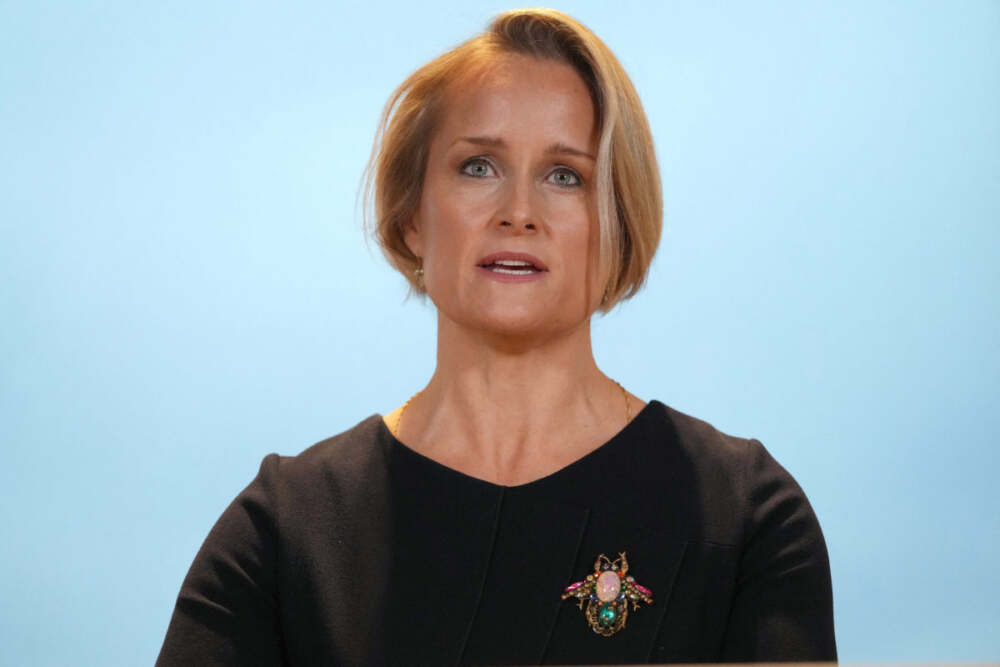
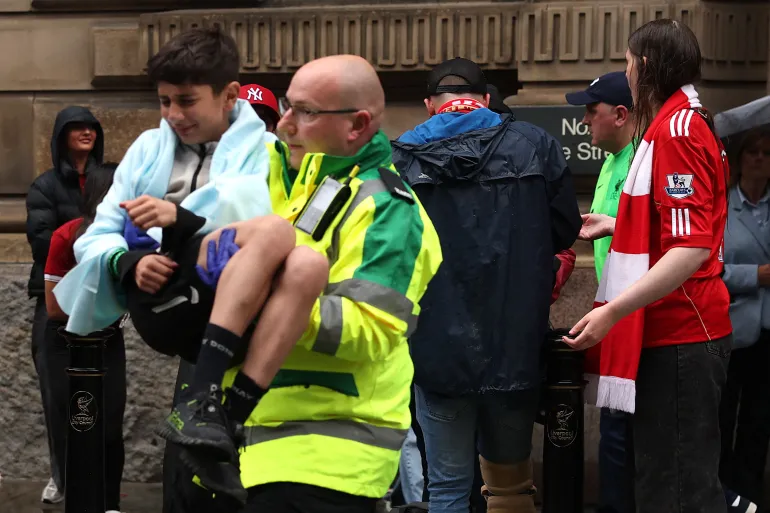


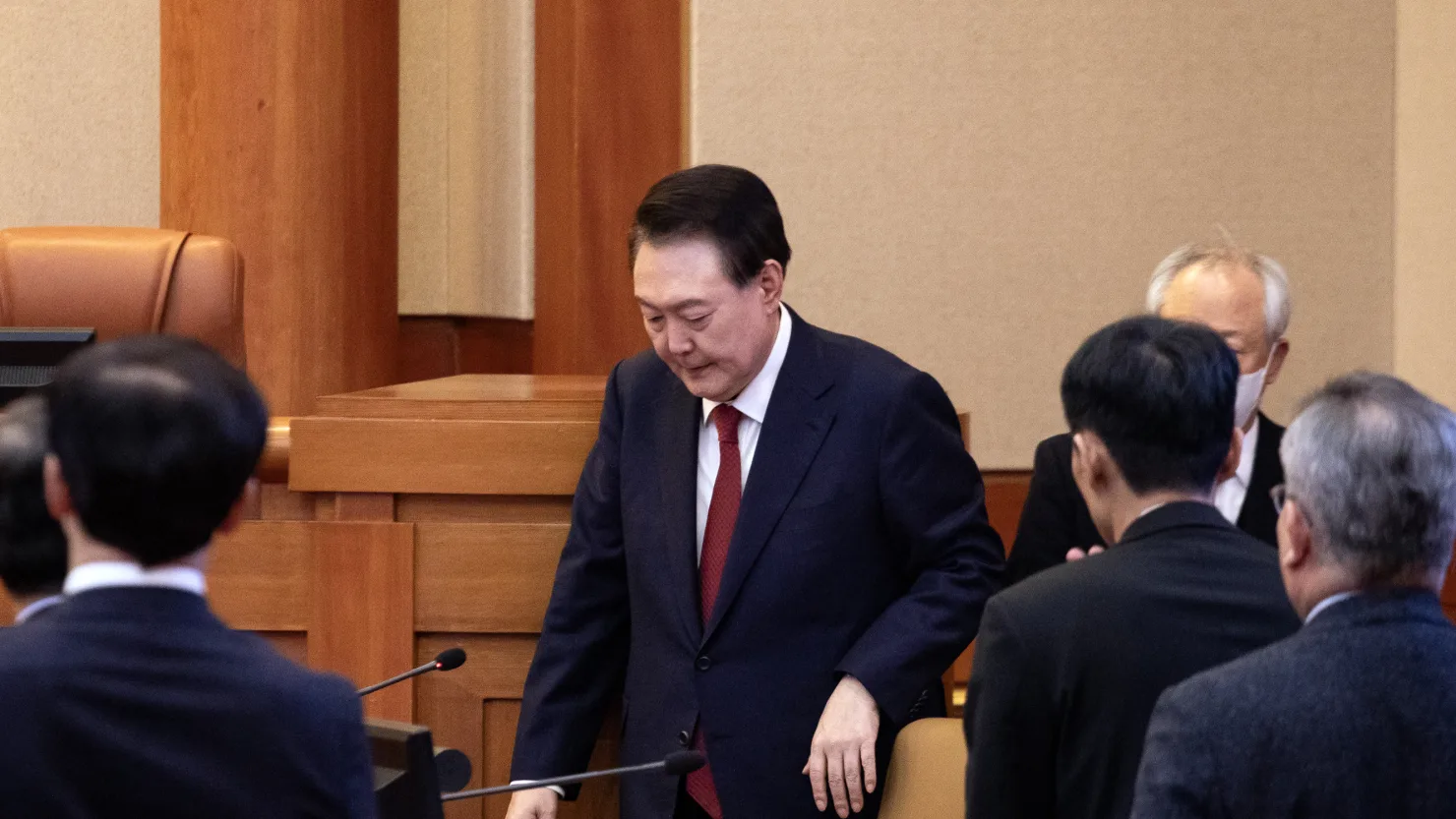
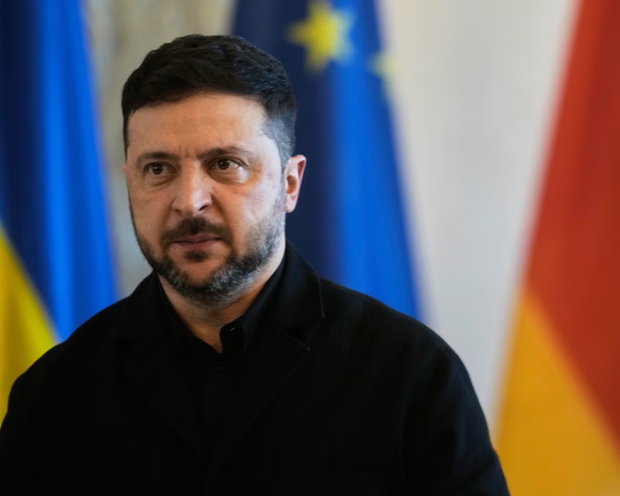
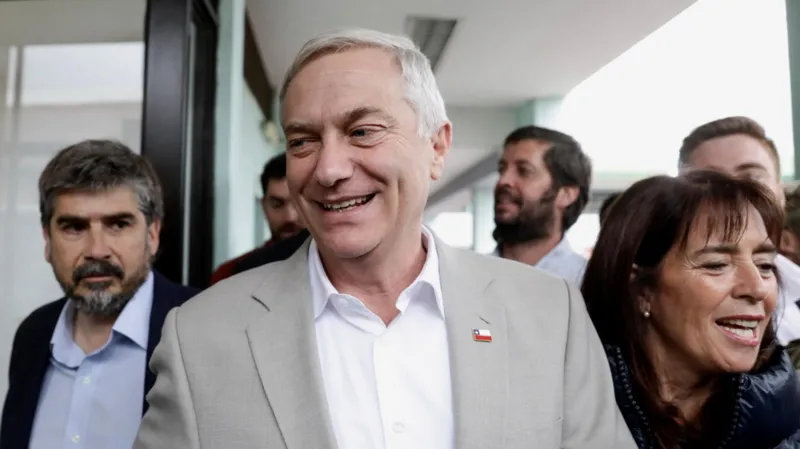
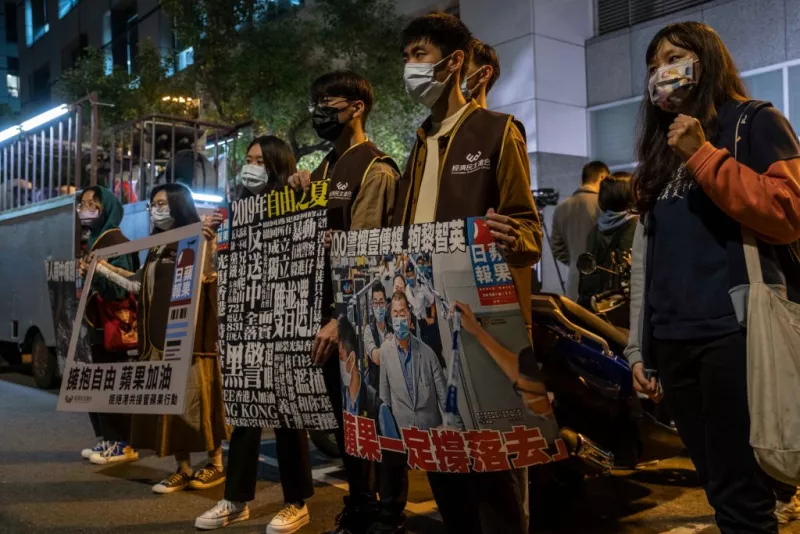

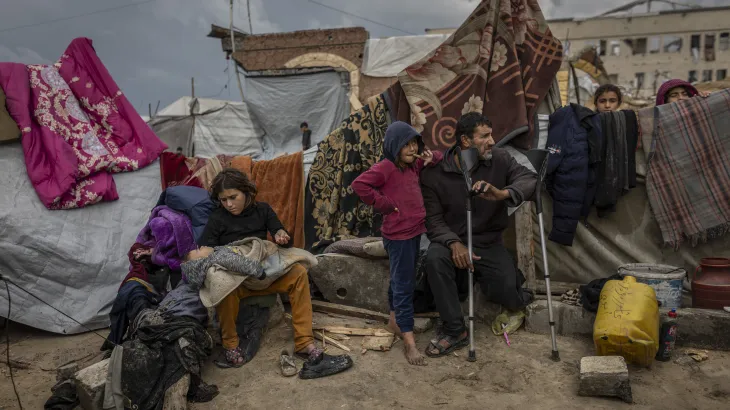




Leave a Reply